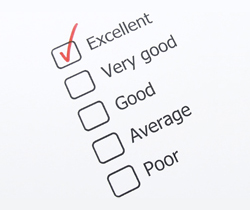Do your school’s processes ensure that the right type of CPD is being provided to the right people at the right time? And crucially, is the impact measured? Countless studies tell us that carefully-designed, insightful staff CPD can help raise standards and pupil attainment, as well as positively contributing to staff retention and recruitment, welfare, happiness and morale. However, research (Goodall, Day et al, 2005) suggests that many providers don’t have sufficient evaluation processes in place.
By improving both teaching and learning, effective teacher CPD is one of the greatest influences on student outcomes. Yet few schools evaluate its impact adequately, or even at all. However, unless you do so, it is difficult to know to what extent a CPD programme benefits a school or offers value for money. So how do you go about evaluating CPD? I would suggest the following basic framework:

In school boards and districts around the world, teacher evaluations are becoming the norm. The hope is that by evaluating teacher performance, we can improve student performance. Yet there remains much controversy around teacher evaluations. How do you measure and rate teacher performance? Do teacher evaluations provide any real benefit to teachers and schools? And what about the students?
The answer to these questions may lie in the motivation for conducting teacher evaluations in the first place. If your motivation is to rate and rank teachers and weed out the poor performers, you'll likely only succeed in getting everyone defensive. If your primary purpose is to improve teacher performance by supporting development, you'll likely get better results. As with all employee evaluations, the best results are achieved when the goal is to support continuous growth and development.

A community-driven platform for showcasing the latest innovations and voices in schools
Pioneer House
North Road
Ellesmere Port
CH65 1AD
United Kingdom